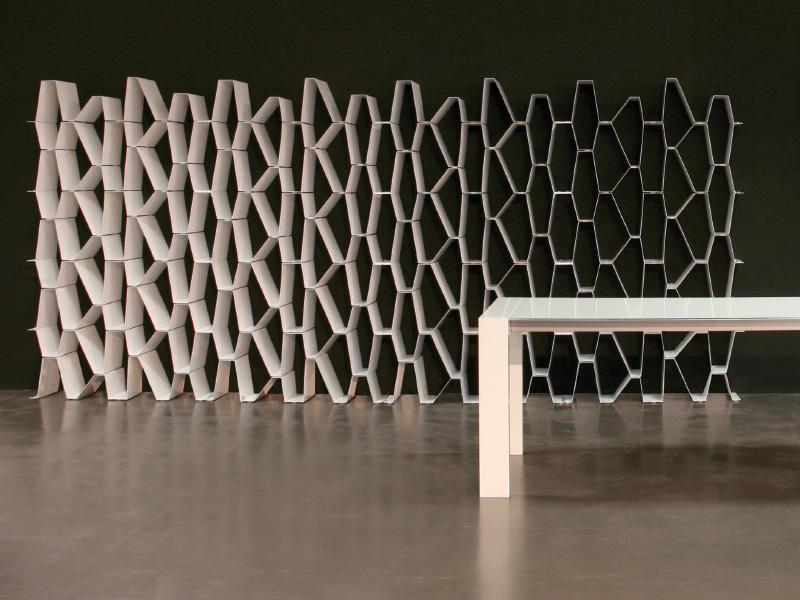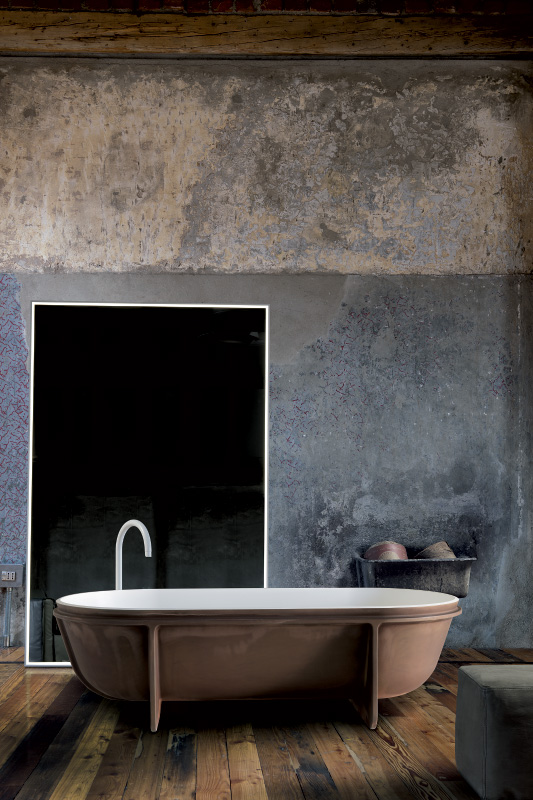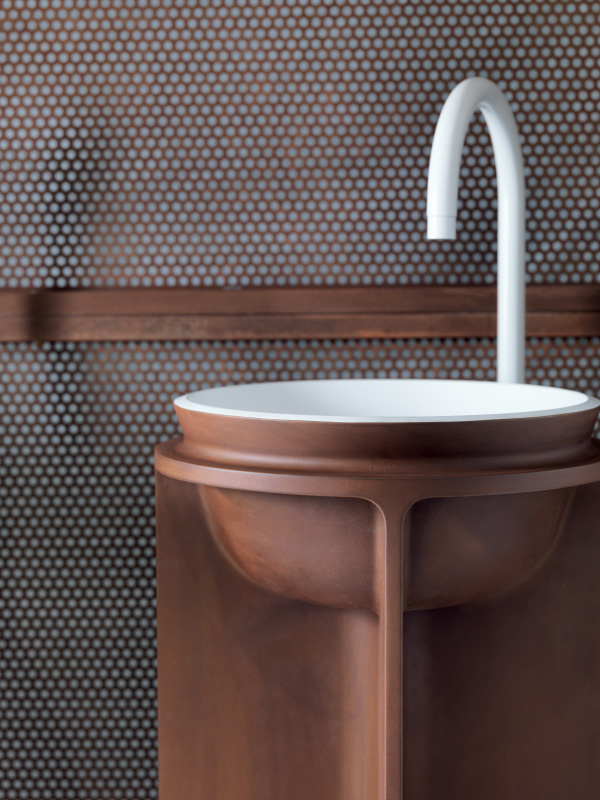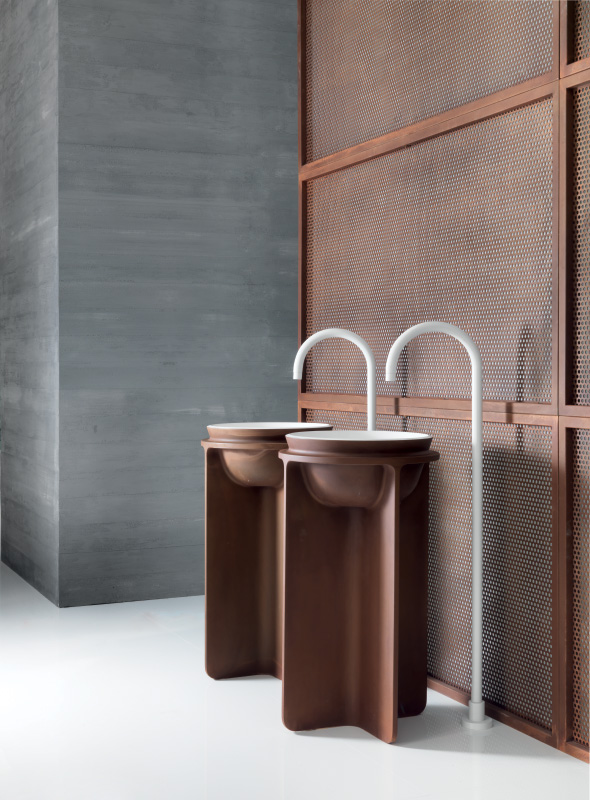Research, design, material. These elements distinguish the works of young architect and designer Vittorio Venezia from Palermo. What stands out in his works are the changeability of used materials – from polyurethane to terracotta, from metal to resin – and the variety of items designed and combined with each other, which arouse the observer, bringing him back into the same imagination and inspiration place of the author. Some of his projects have been exhibited at Milan’s Triennale, at the Louvre and the MAXXI; he also won important awards, such as the Grand Prixe Emile Hermes 2008, Promosedia 2012 and Cristalplant 2013. He loves using different materials – shabby or wasted – in his projects, which “give dignity and new aesthetics to the items”.
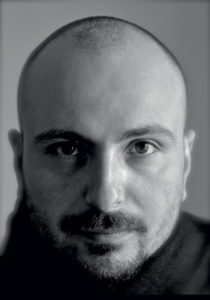
As art critic Gillo Dorfles affirms, teamwork represents one of the different factors between industrial design and other pre-existed productive and above all creative forms. In this sense, what importance did cooperations with art studio Mendini, studio Santachiara and with Giulio Iacchetti have in your educational growth?
I am firmly convinced that the quality of a project depends on many moments of comparison. After my bachelor degree in Architecture, I felt some shortage in my education, which was mainly based on architectural composition and technology of reinforced concrete as only panacea to all solutions. Therefore, I prepared a portfolio and decided to knock on the doors of all studios of the sector. I have been very lucky, because I had the chance to work side by side with some of the designers I admired most. Among all, the Iacchetti studio is the place I was able to express myself with great freedom. Giulio Iacchetti is the designer I am most bound to. I appreciate him for his human quality, besides his creative skills.
A conceptual experimentation of chosen materials, such as in the polyurethane sofa or the bent and glued multi-layer fir chair, can be seen in your works. What does material represent in a project?
I am interested in understanding the complexity that connects form and material, sometimes with surprise. What nature suggests us is of great help in this research process. Planning first of all means knowing the materials, their consistency, flexibility, resistance as well as the technologies to be used in order to transform, treat, modify them. I believe my work is based on expressiveness of the form in relation to the materials’ features.
You define your work “Le cupole” (The domes), carried out for the Italian Cultural Institute in Paris a “non/coordinated project”. Why?
“Non/coordinated” because none of the components have formal coherence with each other, even if connected to the topic of memory. Each item inspires memories, an indirect souvenir of precise locations they belong to: Italy. Some of these items communicate references of geometric assonances with monuments; others recall experienced feelings of daily actions. Designing and creating them with Italian artisans deployed in different points of our territory made me rediscover my roots. This collection made me understand the importance of artisan work and the inestimable expressive ability of the Belpaese.
Stefano Micelli writes in “Futuro artigiano”: «the Italian artisan has the task to interpret and finish the role of the designer». Thus, how important is the relationship between artisans and designers and therefore between designer and customer?
Stefano Micelli’s book tells about the possibility to start up our country again with artisan work, helped by the use of new technologies. Every time an artisan created one of my designs, I had the feeling he would add something I cannot define; as if a different perception would be combined with mine, generating a new value, which is impossible to foresee. Such added value has to be preserved, as much as the close cooperation between designer and artisan has to be protected. Only a harmonious relation between the two can produce excellent results.
For a young Sicilian designer, what does it mean to associate himself to ADI Sicilia?
I don’t believe in associations, but in the single people. I think that Vincenzo Castellano, ADI Sicilia director, has been able to create an innovative push in Sicily’s industrial design sector. It was definitely advantageous involving and put into contact industrials, artisans, journalists, schools, creative artists of different areas and influential people like Vanni Pasca. Vincenzo has been a catalyst and promoter of events that aroused interests in Sicily for a discipline that is considered key element in order to do business and innovation in the rest of the world. Associating myself to ADI Sicilia gave me the opportunity to meet people that share my interests and to be updated about all events in the Sicilian, Italian and international territory.
What are your future projects?
My future projects go in different directions. I think I will continue my education at the Abadir Academy in Catania. Being in close contact with young people is an enriching experience and helps me meditating on the use of a project. At the same time, I am finishing the bathroom line “Controstampo” for Falper in Bologna. In the future, I hope to plan and maybe renew sectors I have not dealt with yet, improving on competences in the most various fields.
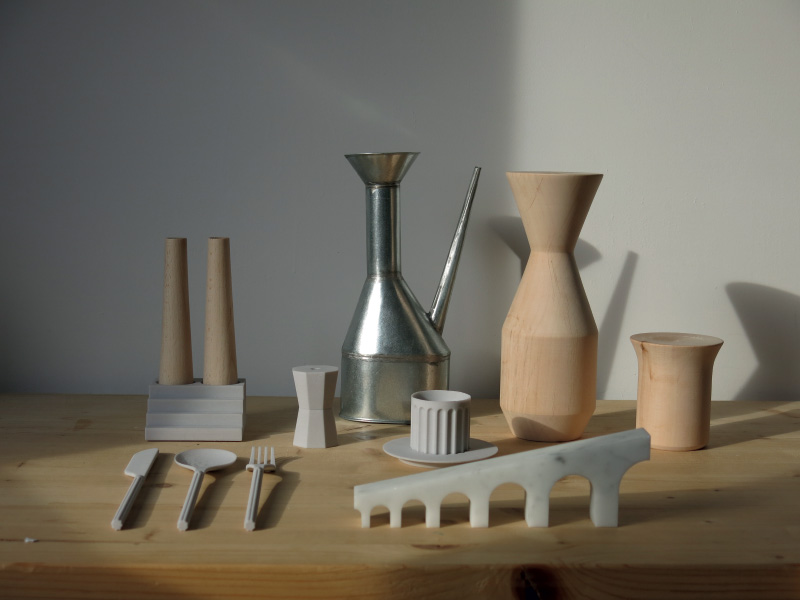
Recommended song for the reading of the present article: Industrial minestra – Clementino

